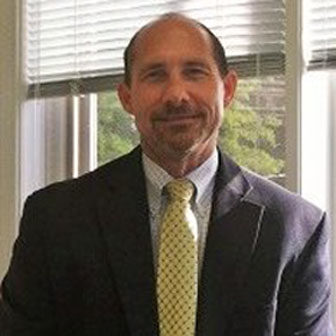 By now, you have probably heard about Kalief Browder. Kalief spent three years in Rikers Island, two of them in solitary confinement, before charges against him were eventually dropped. He was 16 years old. Reports indicate that he was assaulted by correctional officers on camera and denied mental health services. After his release, the depression and flashbacks caused by these experiences led Kalief to take his own life.
By now, you have probably heard about Kalief Browder. Kalief spent three years in Rikers Island, two of them in solitary confinement, before charges against him were eventually dropped. He was 16 years old. Reports indicate that he was assaulted by correctional officers on camera and denied mental health services. After his release, the depression and flashbacks caused by these experiences led Kalief to take his own life.
While his story is tragic, it is not unique. Youth placed in adult jails are oftentimes isolated for long periods without access to juvenile-specific education or treatment programs. His story speaks directly to why we need to address juvenile transfer laws and placing youth in adult jails.
As a former administrator of a state juvenile justice agency, I can tell you this is the type of story administrators hope never happens. We all strive to have practices in place that will ensure the safety and security of youth and staff in these facilities — including reducing the use of solitary confinement. Research and experience shows that placing youth in isolation is ineffective, harmful and leads to more aggressive behaviors as well as depression.
Most importantly, it does not make facilities safer. Data from several state juvenile justice agencies show that reducing room confinement actually improves the climate and culture of facilities, leading to increased safety of both youth and staff. Currently, with reforms underway, we are seeing more and more juvenile detention and correctional facilities safely moving away from the unnecessary use of solitary confinement.
For the past five years, the Council of Juvenile Correctional Administrators (CJCA), has worked with juvenile justice facilities to reduce the use of solitary. In March 2015, CJCA created the “Reducing the Use of Isolation Toolkit,” a practical guide to help youth detention and correctional administrators safely reduce isolation. Building on the momentum generated by the release of the toolkit, CJCA launched a training and technical assistance program in 2015 to help juvenile justice agencies reduce, limit and potentially end the use of isolation in secure juvenile detention and correctional facilities. In fact, the report by an independent New York City commission formed to study mass incarceration in the city recommends several strategies included in the toolkit.
Many jurisdictions around the country are making significant strides toward reducing and eliminating solitary confinement. Through the Reducing Isolation in Youth Facilities and Technical Assistance (RIYF TTA) program, 14 jurisdictions have committed to implementing practices that reduce the rate of isolation in the next two years. Data shows that 71 percent of participants have already been successful within their first year by implementing key reforms, such as monitoring practice through data, developing alternatives to isolation and providing enhanced support to staff. The RIYF-TTA program shows that a growing network of juvenile justice agencies throughout the nation are dedicated to reducing the use of isolation in secure detention and correctional facilities.
Recognizing the value in collaborating with diverse stakeholders, CJCA is now partnering with three organizations in the Stop Solitary for Kids Campaign, an effort to reduce and eventually eliminate unnecessary room confinement for youth across the country. The Campaign educates stakeholders about the need to reduce room confinement and helps facilities develop policies, practices and programs to safely and effectively begin the process of reducing room confinement.
Now is the time for facilities to begin this process, using tools developed by CJCA and Stop Solitary for Kids to reduce room confinement and build more effective facilities. The growing number of jurisdictions reducing the use of solitary and implementing alternatives indicate that success is possible. Make your facilities safer by joining the movement to Stop Solitary for Kids today.
Michael Dempsey is executive director of the Council of Juvenile Correctional Administrators, a national nonprofit organization of state juvenile justice agency directors and administrators of juvenile justice facilities.